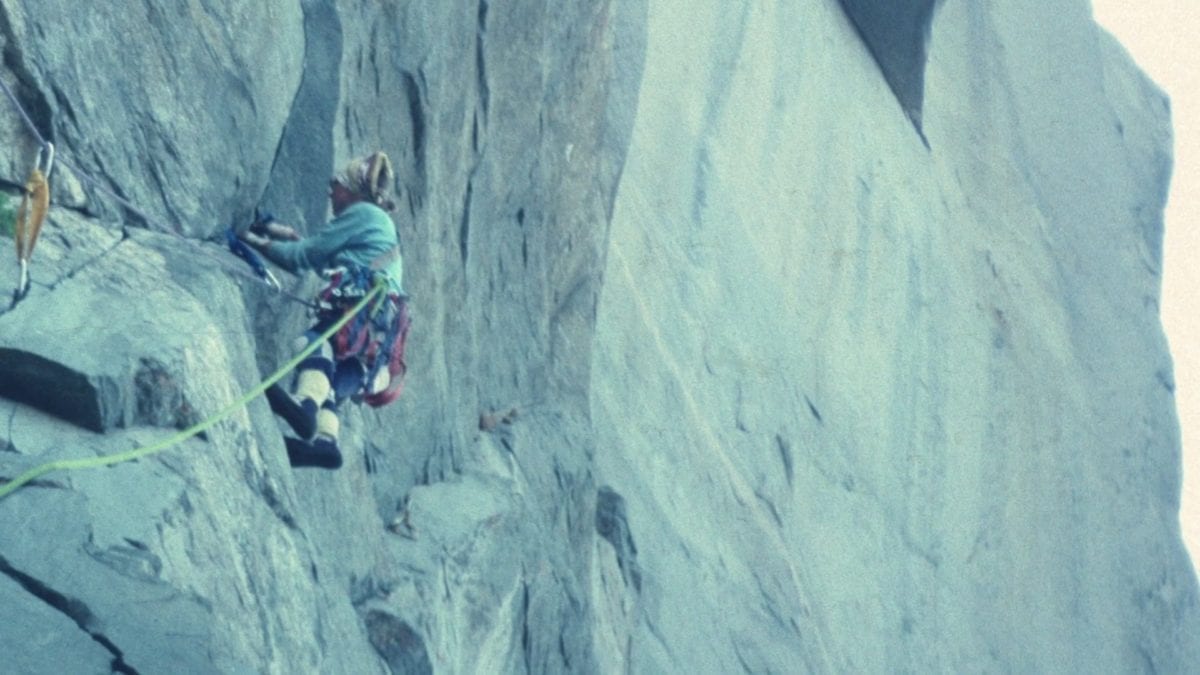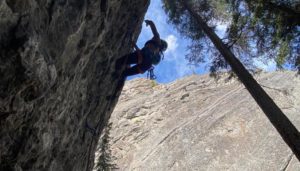Sibylle Hechtel and Bev Johnson’s Historic Yosemite Climb
"We had no cams - they hadn’t yet been invented. We took pitons, hexes, and stoppers"

In 1973, Sibylle Hechtel and Bev Johnson became the first all-woman team to climb El Capitan. They climbed Triple Direct, which takes the first 10 pitches of the Salathe Wall then continues up the middle portion of Muir Wall and finishes on the upper pitches of the Nose. Climbing El Cap in the 70s was quite different from climbing a trade route today. For one, they had no topo. Second, they had no cams, as they hadn’t yet been invented. They took pitons, hexes, and stoppers. Hechtel was a “broke college student, who didn’t have much gear, so we borrowed a lot of our equipment.”
They felt a lot of pressure to make it to the top. Hechtel said, “Bev was a member of YOSAR (Yosemite Search and Rescue) and said she’d never live down getting a rescue from her colleagues. It was clear that no matter what – no matter how long, or if we ran out of food, we would go for the top.” Hechtel said that she was scared before they went up – “terrified, standing at the bottom, and looking up at 3,000 feet of vertical to overhanging cliff looming above me. However, once we got going, I was too busy to think much about it.”
Thei days consisted of a snack, starting to climb at first light, moving continuously all day long until a ledge on which they could sleep. They ate snacks while belaying in their belay seat (a one foot by two-foot nylon rectangle). “Bev had one headlamp – a big, bulky thing, and I, a poor college student, had no headlamp.” They reached ledges before dark and would fix a pitch or two above to save time the following morning. They had planned to fix pitches from Camp 6 and spend the night on this capacious ledge – they last one on the climb. However, Dan Asay had hiked to the top, and lowered a pack down toward them, fearing that they’d run out of water.
“Bev, once she saw the pack, determined we’d go for the top,” said Hechtel. “We spent the night sleeping in slings, several pitches above Camp 6. I’d cleaned the last pitch to here in the dark with no head lamp. The next morning, we headed up, and reached the top.” Hechtel didn’t have a harness, she climbed in a swami belt with leg loops she’d fashioned from two-inch webbing. Hechtel said, “While we suffered from extreme heat the first few days, a storm was blowing in, and by the top, temperatures had cooled down. Dan’s supplies, some food and water, and especially his offer to help carry down our ropes, hardware, and sleeping gear, was more than welcome.”

Their ascent marked a turning point for female climbers. Around this time, in 1972, Title IX became law, making sports equal opportunity for men and women. In 1977, Molly Higgins and Barb Eastman climbed The Nose and became the second all-woman team to climb El Cap and first to climb The Nose.
Soon after the Triple Direct, Johnson soloed the Dihedral Wall VI 5.8 A3, while Ellie Hawkins soloed multiple Yosemite climbs including Never, Never Land VI 5.9 A3 and made the first ascent of Dyslexia VI 5.10d A4, so named to bring awareness to a condition she’d battled her whole life. According to a 1985 LA Times article, while Hawkins soloed Dyslexia she “began to see in mirror images, and her shoelaces and her rope momentarily disappeared from her field of vision.”
Watch a clip from from Wild New Brave about the ascent:


